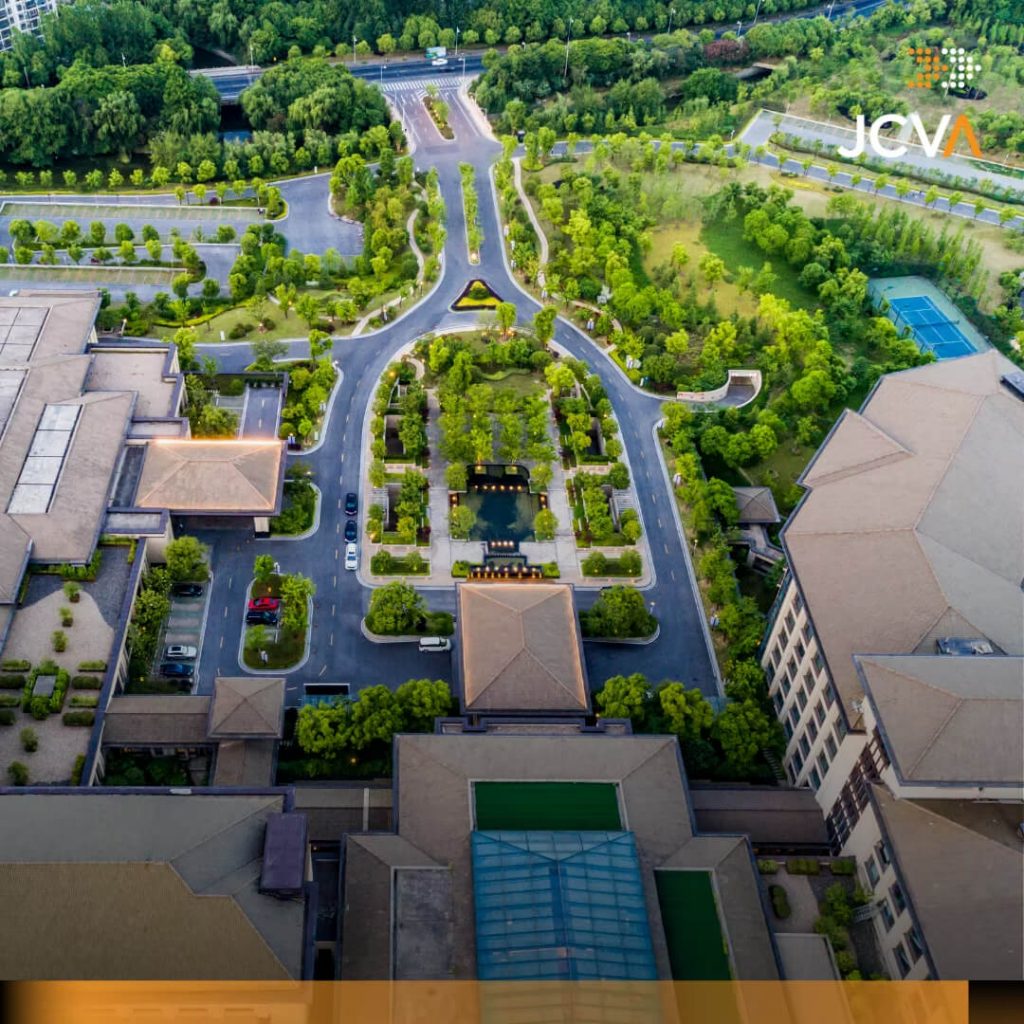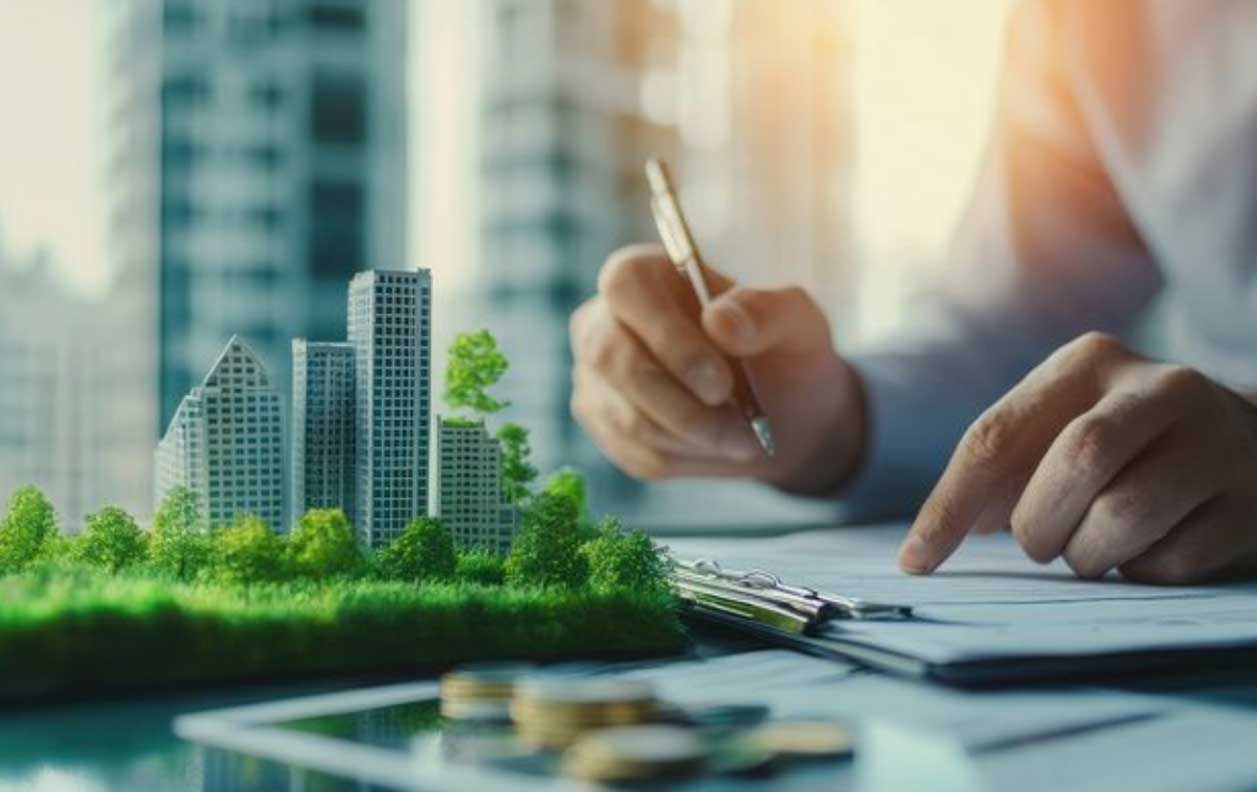
The Philippines is a treasure trove of indigenous materials, much to the delight of the country’s construction industry eco-warriors. These materials offer a sustainable alternative to modern construction and a way to reconnect with the nation’s roots. By using these sustainable construction materials, we are paving the way for an industry that is eco-friendly, culturally resonant, and sustainable.
Here are some indigenous materials that are widely used by construction management firms in the country.
Bamboo, often hailed as the “green gold” of the construction world, embodies resilience, versatility, and sustainability. This fast-growing grass, deeply rooted in Filipino culture, has been used for centuries in various applications, from housing to everyday tools. Its rapid growth cycle, ability to sequester carbon, and sheer strength make it an exemplary material for sustainable building.
Construction companies are now rediscovering bamboo’s potential, integrating it into modern design in innovative ways. From structural frameworks to elegant interior finishes, bamboo’s flexibility and durability make it suitable for a wide range of applications. Its natural beauty adds a unique aesthetic to buildings, marrying functionality with design elegance. The cultivation of bamboo also supports local economies, providing a sustainable source of income for communities.
Laterites, a type of soil rich in iron and aluminum formed under hot and wet tropical conditions, have been used in Filipino construction for generations. This material is excavated directly from the earth and, once cut into bricks, air-dried to achieve remarkable strength. Building with laterites provides a direct link to the land, embodying the principle of living harmoniously with nature.
In modern construction, laterites are appreciated for their thermal properties. They offer natural insulation that helps regulate indoor temperatures, reducing the need for artificial cooling and leading to energy-efficient buildings. The rustic appearance of laterite bricks, with their rich, earthy tones, also adds an aesthetic value, grounding modern structures with a sense of place and history.
Recycled timber, salvaged from old houses, fallen trees, and other sources, represents a sustainable approach to construction materials. In the Philippines, where traditional houses are often made of wood, the practice of reusing timber connects the present with the past. This not only reduces the demand for new lumber, preserving forests, but also carries the story and character of its previous life into new constructions.
Construction project management firms can repurpose recycled timber in various ways, such as structural elements, furniture, and decorative accents. Each piece bears unique marks of wear and age, offering a distinct aesthetic that cannot be replicated by new materials. Beyond its visual appeal, recycled timber is a testament to the value of resourcefulness and sustainability, principles deeply embedded in Filipino culture.
The rediscovery of indigenous materials like bamboo, laterites, and recycled timber is a celebration of Filipino heritage and its timeless wisdom. These materials offer a path toward construction that respects the earth, supports local communities, and embraces cultural identity. In embracing these materials, we find a balance between innovation and tradition, ensuring that the buildings we create today will stand as a testament to a sustainable future deeply rooted in the rich soil of the past.
Ready to be an eco-warrior? Choose JCVA today! Send us an email at technical@jcvassociates.ph or visit www.jcvassociates.ph/well-leed-berde-consultancy to learn more.
Source:
We manage risks, build strong stakeholder relationships, and deliver solutions that reflect global best practices, backed by deep local industry knowledge.
If you're looking for a reliable partner to bring your vision to life, JCVA is here to build it with you.

